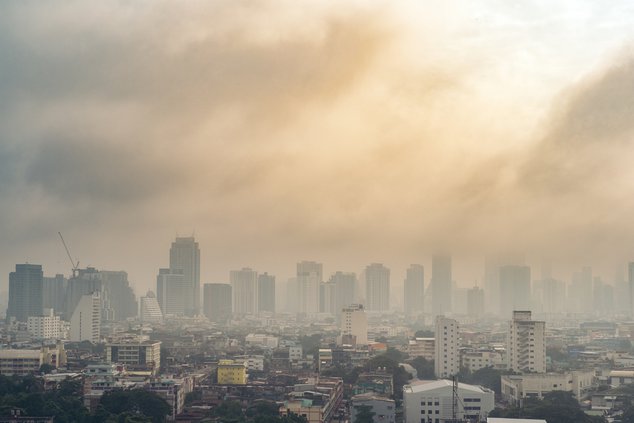With so much land in the western United States on fire right now, it’s hard to ignore the smoky skies. The National Interagency Fire Center reports 110 active fires have burned nearly 1.8 million acres in Western states this year. The tiny particles and gases those fires throw into the air can irritate eyes and respiratory systems, especially for children, the elderly and those with chronic heart and lung disease.
Those who suffer with asthma, emphysema and angina may feel those health effects "earlier and at lower smoke levels than healthy people,” according to the Environmental Protection Agency.
It’s important to stay informed about air quality if we want to protect our health and that of our children, whose airways are still developing. Developers have released some great free apps to make us aware of the pollution around us. Here are a few.
Plume
The most robust, detailed and fun app comes from the French co-founders of Plume Labs. Users can either choose to share their location or search for a city for current conditions to pop up. A cartoon cloud’s expression and the sky behind it changes depending on the quality of the air in that city.
All the basic weather information is there too, but scroll down to play with a fascinating feature: A graph running along the bottom half of the screen meanders up and down depending on air quality in that city over time, revealing patterns that are easy to spot. Four icons representing different circumstances appear below the graph and change from red to orange to green when it is safe — or not safe — to be outside under those circumstances. The first icon is for outdoor sports, the second for cycling, the third represents those with high sensitivity and the last is simply eating outside. Depending on the air quality at the time, the icon will either be red, which signals users should “take care” under that circumstance, orange meaning users should “take it easy,” or the icon will light up with a green “go for it” color. The app has a social aspect where users can add current air quality levels to photos and share them.
Air Visual
Air Visual is another great app collecting data from more than 10,000 locations globally. This app shows detailed figures on six key pollutants and can send pollution alerts for nearly any area. Air Visual uses an icon of a boy’s face that is smiling when air quality is good, but gets sadder as the air becomes more polluted. Eventually, under the worst conditions, the boy ends up wearing a full gas mask to avoid the bad air. A detailed graph shows the hourly or daily history of the air quality in any city and will give health recommendations depending on the amount of current pollution. It’s interesting to scroll through major cities and compare their ranking on the Air Quality Index.
AirNow
AirNow is the free app developed by the U.S. Environmental Protection Agency, the National Oceanic and Atmospheric Administration, National Park Service and tribal, state and local agencies. Their goal was to provide the public with easy access to national air quality information. They do that, but in the most basic (and boring) way possible. This app is for those who just want the Index numbers with no frills and not much more information. The real-time maps update every hour and users can type in a zip code or share their location. Users will see current air quality ratings and a forecast of what those ratings will look like over the next 24 hours.
The Centers for Disease Control and Prevention also offer some practical measures to limit risk from wildfire smoke. Recommendations include closing windows, avoiding using fireplaces and even taking a break from vacuuming, which stirs up particles already in your home contributing to indoor pollution. The CDC also caution that dust masks commonly found at hardware stores are not enough to keep out the tiny particles from wildfire smoke.

